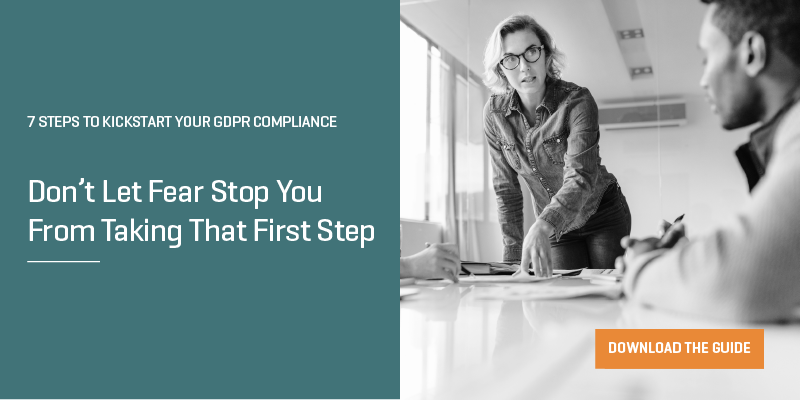
The May 2018 enforcement deadline for GDPR compliance looms. Establishing compliance is a mountainous effort requiring personnel additions, process changes and technology implementation.
Instead of being overwhelmed by the mountain, organizations should focus on the immediate path ahead of them, establishing the key preparations and foundations of compliance.
There is no silver bullet to GDPR compliance. No single application you can buy or consultant you can hire. Instead, GDPR compliance takes a combination of people, process, and technology.
Don’t let fear, unknowns, or analysis paralysis stop you from taking that first step.
Download our easy-to-follow seven-step guide today.
